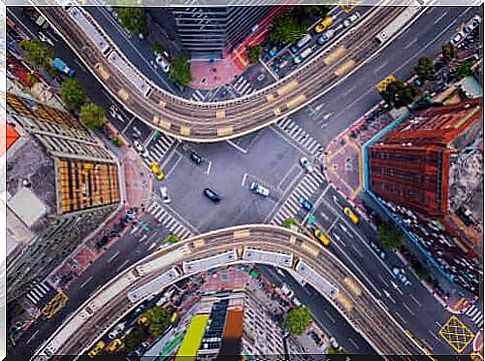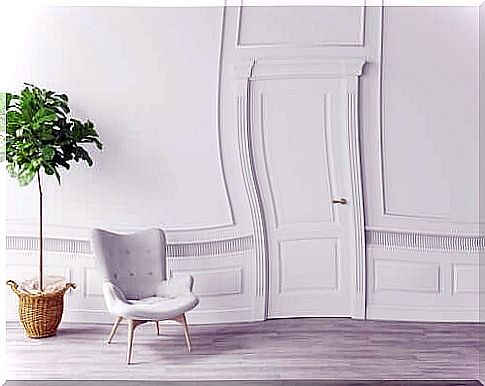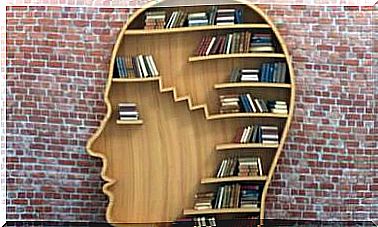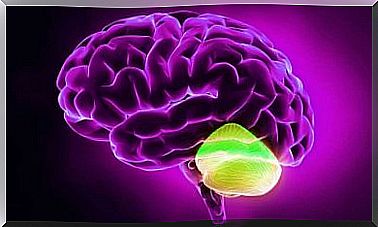Urban Planning And Psychology: Do Spaces Condition Us?

As human beings, we are sensitive to different variables and phenomena. One of them is space, which, although sometimes not taken into account, can have a big impact on our lives. Therefore, today we will talk about the relationship between urban planning and psychology.
Let’s start by looking at the concepts of urban planning and psychology. According to the Royal Spanish Academy (RAE), urban planning is “the set of disciplines related to the study of human settlements and their development and intervention needs”. Therefore, this area is related to the planning of territories in relation to the places where we are located.
Psychology is dedicated to the study of interaction, cognition and affect. According to the RAE, it is “the discipline that studies human behavior and mind”. Now, how is this related to the occupation of the territory? Does it have something to do with development needs?

urban planning and psychology
Our development is not only influenced by biological, parental and learning factors. The spaces in which we grow up also condition it. In fact, we are more vulnerable when we are in certain environments. That doesn’t mean we’re destined to “go bad” if we’re in these spaces, but that we’re at greater risk.
Therefore, as we are influenced by the environments in which we develop, we will manifest behaviors, thoughts and emotions. That’s where psychology comes in, to study why and why this happens, how our interactions are, whether they are determined or not, etc.
Furthermore, as suggested by the architects Méndez Rodríguez, Saura Carulla and Montañola Thornberg, “places are a kind of mirror of civilization, and not just a technical issue” , as they transmit sensitivity to us and are where our lives happen. So, in this impact we see the relationship of both disciplines.
spatial awareness
Both emphasize space awareness ; on the one hand, urban planning invites us to assess the needs to promote the organization of territories, for which it must assess the context and judge the reality according to the actions to be taken. On the other hand, psychology invites us to live the here and now and the sensation of being present according to the reality in which we are.
In addition, their relationship can generate great results in the development of spaces, as it would be a dialogical meeting in which a solution could be given according to the needs of individuals in relation to the territory, from an integral point of view, generating alternatives that promote healthy urban environments.
Both disciplines work on the same projects. It is a collaboration that aims to create friendly spaces that reduce barriers and promote a better quality of life. For this, they take into account social and cultural values and a series of physical, psychological and social issues.

Urban planning, psychology and inequality
This is another area where urbanism and psychology are related: inequality. Why? The fact that spaces impact us can create positive issues – for example, environment-friendly spaces – and negative issues, such as the creation of social gaps. We can see all of this reflected in those places where services, institutions, hospitals and educational centers tend to be centralized, a factor that penalizes people living on the periphery.
Facing these obstacles is a challenge that involves different fields. In this sense, urban planning and psychology intervene to generate new dynamics that promote equality.
In short, urban planning and psychology are areas that are found in the space where we are installed, promoting a better quality of life through their intervention. In addition, they can create environments that help make a positive impact on individuals and communities.
To do this, the starting point is a precise diagnosis, taking into account individual and collective needs and promoting the development of the environments in which we live. Furthermore, as the architect Julia Morgan said: “the spaces speak for themselves”.








